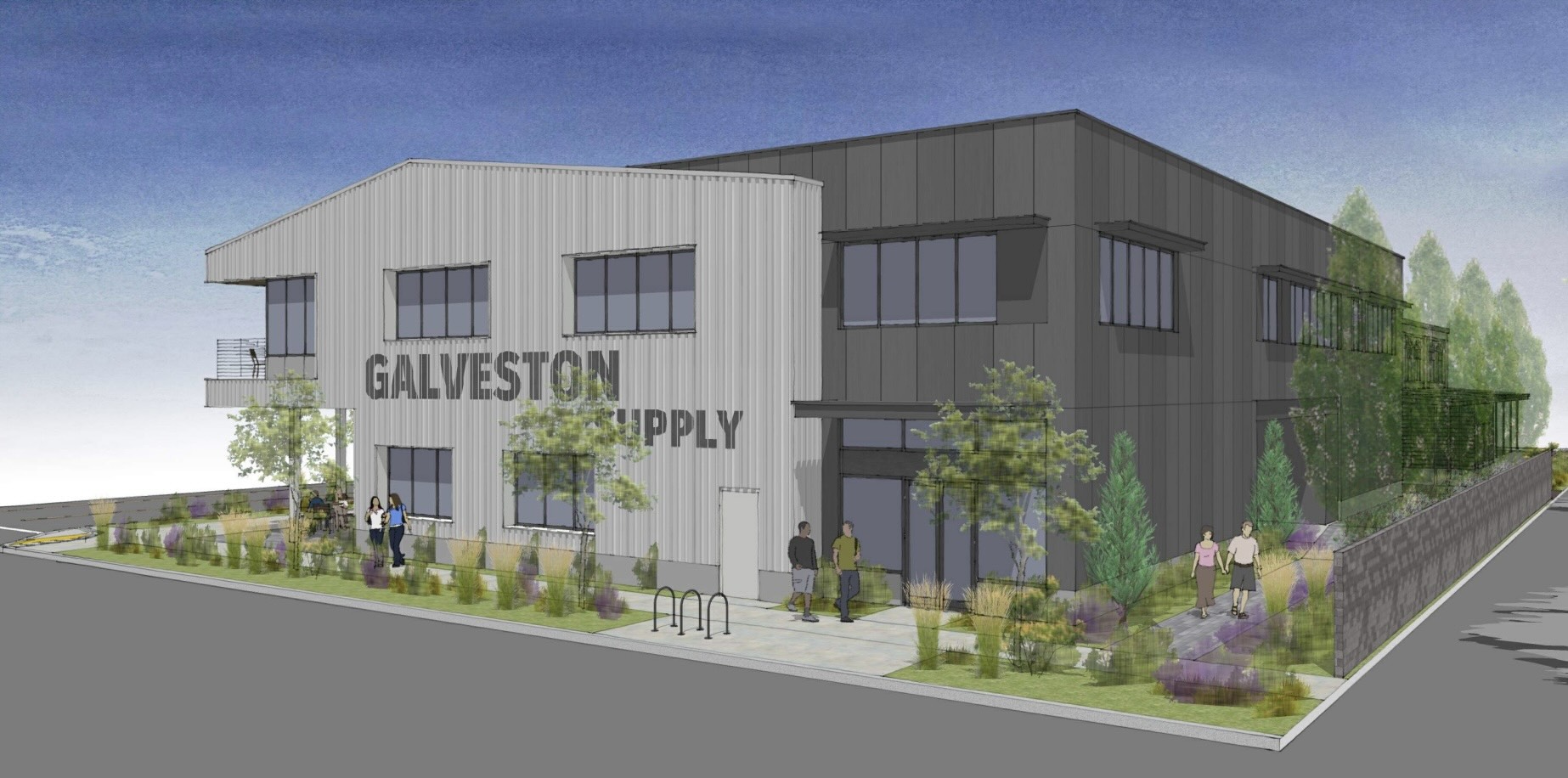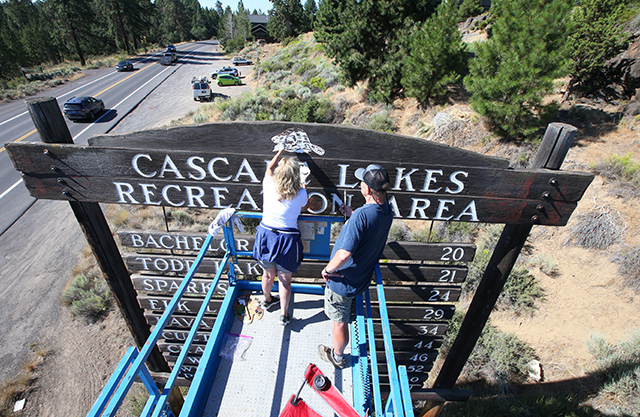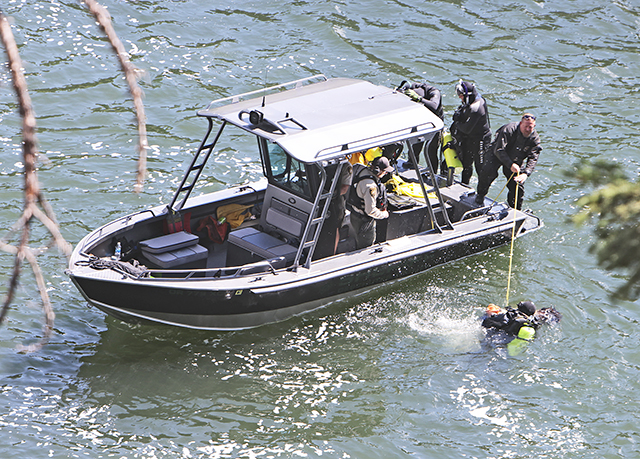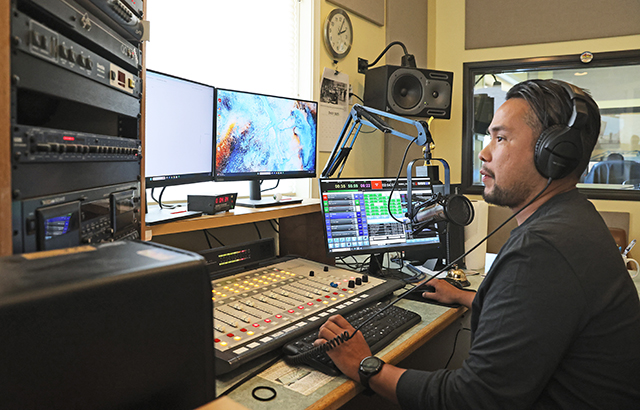Fire, mudslide transform South Fork of Boise River
Published 5:00 am Wednesday, October 16, 2013
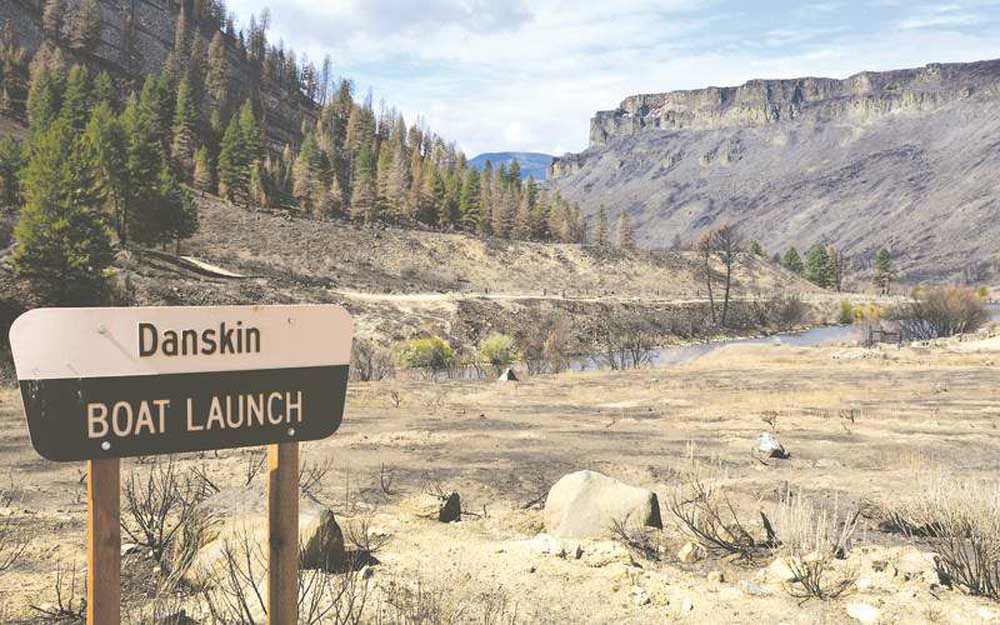
- A wildfire burned through much of the South Fork of the Boise River in mid-August, blackening the slopes, scorching the river's cottonwood stands and exposing thousands of acres of bare soil.
MOUNTAIN HOME, Idaho — The South Fork of the Boise River won’t look like we remembered, but the area is far from doomed.
This will be a landmark year for the river, a popular attraction for anglers, rafters and others located about 40 miles southeast of Boise, Idaho. Many people may now describe the area in terms of pre- and post-2013.
Trending
A wildfire burned through much of the South Fork canyon in mid-August, blackening the slopes, scorching the river’s cottonwood stands and exposing thousands of acres of bare soil.
Then, on Sept. 12, a thunderstorm dumped about a half inch of rain on the upper slopes north of the river and caused five mudslides in the prime fishing and recreation area between Anderson Ranch Dam and the Danskin boat launch about 10 miles downstream.
The combination of wildfire and slides have changed the river and the canyon — and this could just be the start of it.
After talking to numerous experts about the fires and slides, there’s no consensus on what the future holds because the changes are still happening. But all signs point to a long-term recovery.
The fires
Using previous fires, even a fairly recent one, as a predictor of what will happen is difficult because of the intensity of the Elk Complex Fire.
Trending
Many fires leave patches of areas burned and others untouched, but the Elk Complex was unusually intense, and in many areas, it burned everything in its path.
David Olson, public information officer for the Boise National Forest, said the Elk Complex burned 276,000 acres during three weeks, including 180,000 acres in 48 hours.
By comparison, last summer’s Trinity Fire in the South Fork’s headwaters burned 160,000 acres during two months.
The slides
The mudslides washed thousands — and possibly millions — of yards of mud, rock and debris off the upper slopes and down into the canyon, and much of it entered the river.
According to biologists and scientists, the river should be able to clean and restore itself, but that depends on whether more slides occur and whether there’s enough river flows to clean out the channel.
Terry Hardy, soil scientist for the Boise National Forest, said several things are currently in play.
The slides that already occurred are more than likely a one-shot deal. They aren’t going to move on that scale again, but could become “chronic bleeders” of sediment into the river after future rainstorms and snowmelt.
Slides at Rough Creek and above Reclamation Village spread into broad deltas that could be contoured with earth-moving equipment and replanted to reduce further erosion.
Steeper creek drainages, such as Pierce and Granite creeks, could continue to spew mud until they stabilize. Other drainages could still slide, especially with so many slopes laid bare by intense fires.
The half inch of rain that fell Sept. 12 was not unusual — but it fell in about 45 minutes, which is a brief period for that much rain.
Hardy said the burned and bare slopes magnify the effects of storms. For example, a 10-year weather event could have the effects of a 15- or 20-year event, he said.
It’s difficult to know how much rain or snowmelt it will take to trigger more slides.
“There’s a high level of concern, primarily because we’ve seen what can happen,” Hardy said.
But it’s possible we could have already seen the worst, he said.
“I don’t know if there are that many more tributaries that could release and have that kind of an effect,” he said.
The fish
Trout are rarely directly killed by mudslides, according to Jeff Dillon, state fish manager for Idaho Fish and Game.
“Fish are very well equipped to deal with these things,” Dillon said. “They happen not every year, but on a regular basis in nature.”
The timing of the slides may actually be advantageous in some ways, he said.
“If there’s going to be a slide, this is probably a better time for it than in the spring when the fish have eggs in the gravel.”
The dam also provides a steady flow of cool, clean water downstream.
Assuming there aren’t repeated slides, “the water quality will improve very quickly,” Dillon said.
Joe Kozfkay, Fish and Game’s southwest region fish manager, recently surveyed the river and said he saw some dead suckers, whitefish and kokanee, but knowing the total mortality from the slides is “almost immeasurable.”
“I still think adult fish mortality is really low, so I don’t think we should be panicked,” he said.
The insects
Insects may seem trivial considering all other things affected by the fire and slides, but they’re a major reason why the South Fork has such a healthy trout population.
“We should expect total numbers of stream insects to immediately drop along the burned area, particularly in those areas where mudslides have occurred,” said Dr. Chris Walser, professor of biology at the College of Idaho and a stream ecology specialist. “Other studies in different parts of the western U.S. report that all insect types were immediately impacted by fire.”
Walser expects mayfly and midge populations to recover first, possibly within months to a year and potentially in greater abundance than before the fire.
Other insects, such as stoneflies, may need two to four years to recover.
“Some scientific studies indicate that it may take seven to 10 years for the stream insect community to fully recover to pre-fire conditions,” he said. “Length of time depends on many factors — most importantly the frequency and magnitude of future flash floods and mudslides.”
Boaters
Anglers who float the river and boaters who run downstream in the canyon’s whitewater will have to adjust.
The river is currently closed to floating by Forest Service order.
Slides have already altered the stream channel, which will likely continue as the river starts flushing itself and rearranging.
Fires killed many cottonwoods and other trees in the riparian area. As those trees fall, many will end up in the river, which could create logjams.


